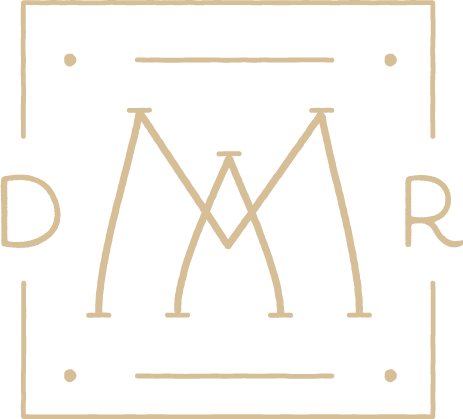
Treating Skin Lesions with Cryopen
At my East London clinic, patients of all skin types come to see me about various lumps, bumps, and pigmented patches that have popped up on their faces and bodies.
Many of these are harmless lesions like moles, skin tags, white milia spots, cherry spots, and pigmented age patches. Benign as they are, these lesions tend to appear more frequently from our late 30s as the effects of the sun, hormones, and age take their toll on our skin.
The good news is most of these common skin lesions can be easily removed using the Cryopen™, a precision pen-like device that delivers an ultra-cold jet of high-pressure liquefied nitrous oxide (N2O) to destroy the affected tissue whilst safely preserving the surrounding healthy skin.
It takes less than a minute with minimal discomfort and no scarring. I find patients are very happy with their improved appearance and confidence after facial lesions are removed.
Why Remove Harmless Lesions?
While benign lesions themselves pose no medical harm, patients often want them removed for cosmetic reasons. Some lesions may simply be unsightly, such as discoloured skin or growths, and understandably make you feel self-conscious when positioned in obviously visible areas, such as the face. Others may cause discomfort, itchiness, or irritation by jewellery or clothes friction.
Sadly, the removal of benign lesions is not funded by the NHS.
Am I suitable for Cryopen™? What are my treatment options?
Anyone is suitable for Cryopen™, though we do need to consider skin type and location.
For those with dark skin tones, there is a risk of permanent loss of pigment because melanocyte cells are so sensitive to the cold. We would opt for a softer treatment protocol.
Where I see skin lesions with suspicious features, I will refer you to your GP or dermatologist for an examination and biopsy to exclude skin cancer.
Other treatment options include surgical excision and cautery. Surgical removal means cutting the problem area out and stitching the wound closed. This is the preferred route with any concerns of cancerous growth, as it allows for a definitive biopsy diagnosis as well as treatment with complete resection. It will leave a small scar.
Is Cryopen™ painful?
Cryopen™ procedures are super quick. After cleansing the area, the Cryopen™ is used to freeze the target area in 2 short bursts that last roughly 5-10 seconds each. Patients may feel a stinging from the cold, though this subsides within seconds. That’s it! Total time is approximately 1 minute.
What can I expect after treatment?
Directly after treatment, you may notice the treated skin turns darker in colour. After a few days, you will notice a thin scab forms and will naturally come away in approximately 10 days, depending on the size of the treated area.
Do not pick off this scab! It is nature’s dressing…preventing infection and scarring. Once the scab falls off, you will see fresh pink skin below. It may take a few weeks to re-pigment and blend in with the surrounding skin.
In some cases with larger or thicker lesions, we may need to repeat the freezing process. We will decide this when you come to see me for a review.
When is the best time for a Cryopen Treatment? Winter!
Winter is an ideal time for Cryopen treatments.
We want to treat skin that has not been stimulated by the sun for the previous 2-4 weeks. We also certainly advise you to keep your treatment area out of direct sunlight for the following 4 weeks, by covering up with hats and suitable clothing. Religious use of sunscreen to protect your freshly healed skin for at least 8 weeks will help to prevent rebound hyperpigmentation.
If you are interested in having some moles, lesions or sun spots removed then visit the Cryopen service page for more information on prices and procedures and book a consultation with me.
Join Dr. Miriam’s Newsletter
Join our mailing list to receive Dr. Miriam’s seasonal skin care tips, her latest discoveries and special offers
You can unsubscribe at any time by clicking the link in the footer of our emails. For information about our privacy practices, please visit our website.
